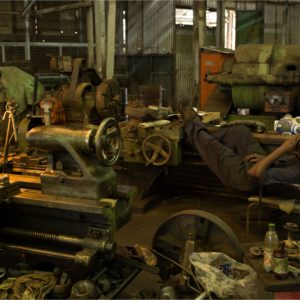Hidden Presence
The Hidden Presence project aims to extend people's understanding of 18th Century Monmouthshire Gentleman Nathaniel Wells, and explore the importance of his life in the context of contemporary society, looking at a range of issues linked to slavery, the global movement of people, cultural heritage, a sense of belonging, what it means to be Welsh today and the social history of Wales’ international trade links.
Nathaniel Wells (1779-1852) was the son of a slave owner and a slave from St. Kitts. His father was William Wells who emigrated from a rich Cardiff family to St Kitts where he was a successful slave trader and latterly became a wealthy plantation owner. Nathaniel's mother was a slave named Juggy. When he was nine Nathaniel was sent to London to be educated and in1802, having inherited from his father, he brought Piercefield House, Chepstow where he lived the life of a country gentleman. He was a magistrate, Deputy Lieutenant and Britain's first Black County Sheriff. It's possible he was the only person of African descent to receive compensation money from the British Government in 1834 for owning slaves.
Ffotogallery and Chepstow Museum have commissioned two artists to make a new body of work taking his life as inspiration. Eva Sajovic has worked in collaboration with the Ffotogallery education team with children, young people and vulnerable adults in South East Wales. Julian Germain has crossed the Atlantic and worked in both Wales and St Kitts in a response to the deep historic links that surround colonialism, industry, migration and slavery.
Hidden Presence has been made possible with the support of Monmouthshire County Council, Heritage Lottery Fund, Arts Council of Wales, University West of England, Barnardos










